While the rise of artificial intelligence is proving to be a contentious issue, new research from Edith Cowan University (ECU) has found that the use of social robots in a commercial setting would likely be met with less resistance.
Tag: Robots
Podcast: Experts in Health: How we can design our houses to improve our health
Dr Ben Roberts, Lecturer in Building Energy at Loughborough University, discusses how our houses can help or hinder our health, why air conditioning isn’t always the best answer to reduce indoor heat, and how systemic building changes could transform our wellbeing.
Time Stamps:
00:00 – 09:27 – Introduction to guest, the topic and background
09:28 – 18:45 – Loughborough University test houses and how are they being used
18:46 – 23:25 – Night ventilation and ventilation maps
23:26 – 28:12 – Abroad vs the UK
28:13 – 32:30 – Air conditioning and staying cool
32:31 – 39:45 – Impacting policy and air quality
39:46 – 41:20 – Current and future work
41:21 – 43:45 – Outro
Darting around with a tiny brain
With a brain the size of a pinhead, insects perform fantastic navigational feats.

Q&A: Helping robots identify objects in cluttered spaces
Robots in warehouses and even around our houses struggle to identify and pick up objects if they are too close together, or if a space is cluttered.
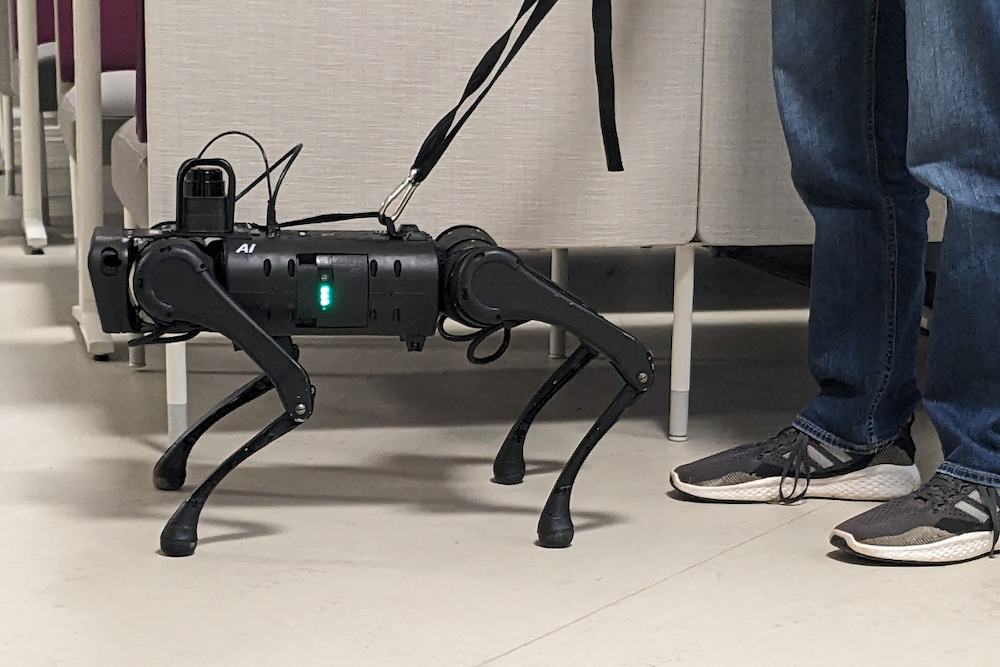
Computer scientists program robotic seeing-eye dog to guide the visually impaired
Engineers at Binghamton University, State University of New York have programmed a robot guide dog to assist the visually impaired. The robot responds to tugs on its leash.
RUDN Economist Told How to Increase Future Productivity When Humans are colleagues With Robots
The RUDN University economist explored what the labor market of the future will be like, where humans and itelligent machines will work together. The authors have identified which of them will make the main contribution to productivity growth – and these are not robots.
Groundbreaking soft valve technology enabling sensing and control integration in soft robots
Soft inflatable robots have emerged as a promising paradigm for applications that require inherent safety and adaptability. However, the integration of sensing and control systems in these robots has posed significant challenges without compromising their softness, form factor, or capabilities.
Robot preachers get less respect, fewer donations
As artificial intelligence expands across more professions, robot preachers and AI programs offer new means of sharing religious beliefs, but they may undermine credibility and reduce donations for religious groups that rely on them, according to research published by the American Psychological Association.
Robot fish makes splash with motion breakthrough
A coil-powered robot fish designed by scientists at the University of Bristol could make underwater exploration more accessible.
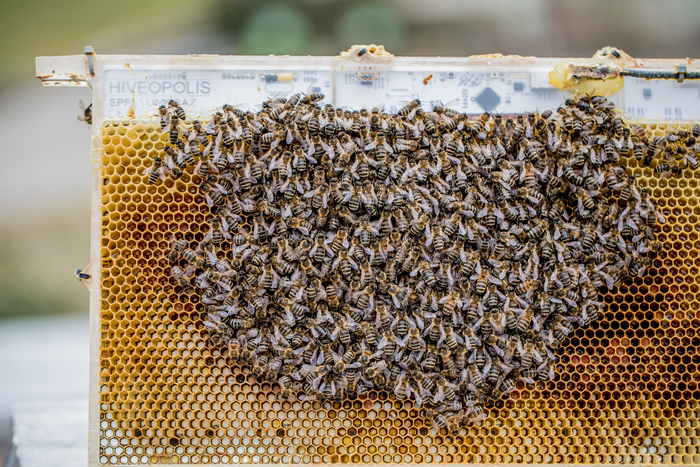
Robotic system offers hidden window into collective bee behavior
A joint research team from the Mobile Robotic Systems Group in EPFL’s School of Engineering and School of Computer and Communication Sciences and the Hiveopolis project at Austria’s University of Graz have developed a robotic system that can be unobtrusively built into the frame of a standard honeybee hive.
What Physicists Can Learn from Shark Intestines
ROCKVILLE, MD – In 1920, inventor Nikola Tesla patented a type of pipe that he called a “valvular conduit,” which was built to draw fluid in one direction without any moving parts or added energy, and has applications ranging from soft robotics to medical implants. In 2021, scientists discovered that sharks’ spiral-shaped intestines work much the same way, favoring fluid flow in one direction—from head to pelvis.
S&T researchers’ study of human-robot interactions an early step in creating future robot “guides”
A new study by Missouri S&T researchers shows how human subjects, walking hand-in-hand with a robot guide, stiffen or relax their arms at different times during the walk. The researchers’ analysis of these movements could aid in the design of smarter, more humanlike robot guides and assistants.“This work presents the first measurement and analysis of human arm stiffness during overground physical interaction between a robot leader and a human follower,” the Missouri S&T researchers write in a paper recently published in the Nature journal Scientific Reports.
Using Vibrations to Control a Swarm of Tiny Robots
Despite their potential, microrobots’ size often means they have limited sensing, communication, motility, and computation abilities, but new research from the Georgia Institute of Technology enhances their ability to collaborate efficiently. The work offers a new system to control swarms of 300 3-millimeter microbristle robots’ (microbots) ability to aggregate and disperse controllably without onboard sensing.
Active Matter, Curved Spaces: Mini Robots Learn to ‘Swim’ on Stretchy Surfaces
Physicists are using small wheeled robots to better understand indirect mechanical interactions, how they play a role in active matter, and how we can control them. Their findings, “Robotic swimming in curved space via geometric phase” are recently published in the The Proceedings of the National Academy of Sciences (PNAS).
The physics of walking is simpler than we thought
The physics of walking for multi-legged animals and robots is simpler than previously thought. That is the finding described by a team of roboticists, physicists and biologists in the Sept. 5 issue of the Proceedings of the National Academy of Sciences, in a paper titled “Walking is like slithering: a unifying, data-driven view of locomotion.”
Tiny fish-shaped robot ‘swims’ around picking up microplastics
Researchers in ACS’ Nano Letters report having created a light-activated fish robot that “swims” around quickly, picking up and removing microplastics from the environment.
Scientists use robots to reveal how predatory fish cope with unpredictable prey
Scientists at the University of Bristol have demonstrated how predators overcome their preys’ erratic behaviour by adapting their own during the hunt.
Development of a curious robot to study coral reef ecosystems awarded $1.5 million by the National Science Foundation
A grant by the National Science Foundation to researchers at the Woods Hole Oceanographic Institution (WHOI) and Syracuse University aims to open new avenues of robotic study of coral reefs by developing autonomous underwater vehicles capable of navigating complex environments and of collecting data over long periods of time. The team led by WHOI computer scientist Yogesh Girdhar aims to build a robot capable of navigating a reef ecosystem and measuring the biomass, biodiversity, and behavior of organisms living in or passing through a reef over extended periods of time.
Data Scientist Discusses Job Outlook in Era of Artificial Intelligence
Recent worker shortages and higher labor costs have resulted in more automated jobs, including service and professional jobs economists once considered safe. Predictions are mixed on job losses going forward, although the World Economic Forum (WEF) concluded in a 2020 report that “a new generation of smart machines, fueled by rapid advances in artificial intelligence and robotics, could potentially replace a large proportion of existing human jobs.”
Joaquin Carbonara, Buffalo State College professor of mathematics, weighed in on AI’s effect on the job market now and in the future.
Why improvisation is the future in an AI-dominated world
In his autobiography, Miles Davis complained that classical musicians were like robots. He spoke from experience – he’d studied classical music at Juilliard and recorded with classical musicians even after becoming a world-renowned jazz artist.
Facial recognition AI helps save multibillion dollar grape crop
New technology, using robotics and AI, is supercharging efforts to protect grape crops and will soon be available to researchers nationwide working on a wide array of plant and animal research.
Researcher seeks solutions for difficult search-and-recovery efforts
The tragic collapse of the Champlain Towers South condominium in Surfside, Florida, and the difficult recovery efforts that ensued, left many people wondering whether there could be a quicker and safer way to search for survivors and recover victims.
The Robot Smiled Back
Long interested in interactions between robots and humans, Columbia Engineering researchers have created EVA, a new autonomous robot with a soft and expressive face that responds to match the expressions of nearby humans. “The idea for EVA took shape a few years ago, when my students and I began to notice that the robots in our lab were staring back at us through plastic, googly eyes,” said Prof Hod Lipson, who led the team.

Robot Displays a Glimmer of Empathy to a Partner Robot
Like a longtime couple who can predict each other’s every move, a Columbia Engineering robot has learned to predict its partner robot’s future actions and goals based on just a few initial video frames. The study, conducted at Columbia Engineering’s Creative Machines Lab led by Mechanical Engineering Professor Hod Lipson, is part of a broader effort to endow robots with the ability to understand and anticipate the goals of other robots, purely from visual observations.
Worm-like, soil-swimming robots to explore crop underworld
A Cornell University project will develop worm-like, soil-swimming robots to sense and record soil properties, water, the soil microbiome and how roots grow.

On the way to lifelike robots
In order for robots to be able to achieve more than simple automated machines in the future, they must not only have their own “brain”. Empa researchers postulate that artificial intelligence must be expanded to include the capabilities of a Physical Artificial Intelligence, PAI. This will redefine the field of robotics and the relationship between man and machine.

Future of digital ag could use robots to optimize apple yields, boost profits
A Cornell University-led, multi-institution, interdisciplinary team seeks to use computer vision, automation and robotics to optimize per-tree apple production, which is currently a highly manual and imprecise process.

Quantum Materials Quest Could Benefit From Graphene That Buckles
Graphene, an extremely thin two-dimensional layer of the graphite used in pencils, buckles when cooled while attached to a flat surface, resulting in beautiful pucker patterns that could benefit the search for novel quantum materials and superconductors, according to Rutgers-led research in the journal Nature. Quantum materials host strongly interacting electrons with special properties, such as entangled trajectories, that could provide building blocks for super-fast quantum computers. They also can become superconductors that could slash energy consumption by making power transmission and electronic devices more efficient.
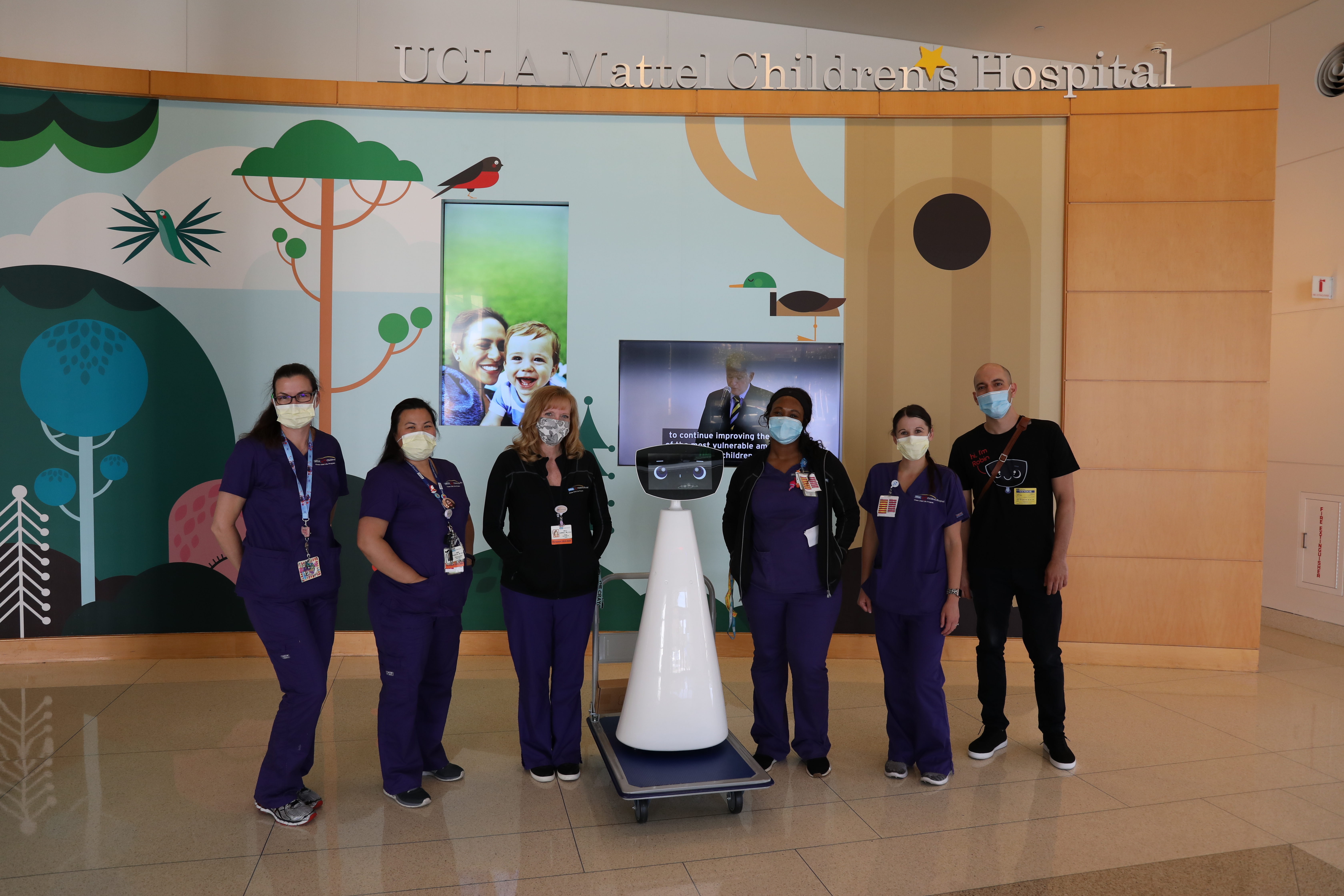
Welcome, Robin the AI robot
In response to the COVID-19 pandemic, UCLA Mattel Children’s Hospital launched an innovative project to support the emotional needs of children through a new AI powered robot. Robin’s technology enables the robot to build what is called associative memory — it recognizes a child’s emotions by interpreting his or her facial expressions and builds responsive dialogue by replicating patterns formed from previous experiences.
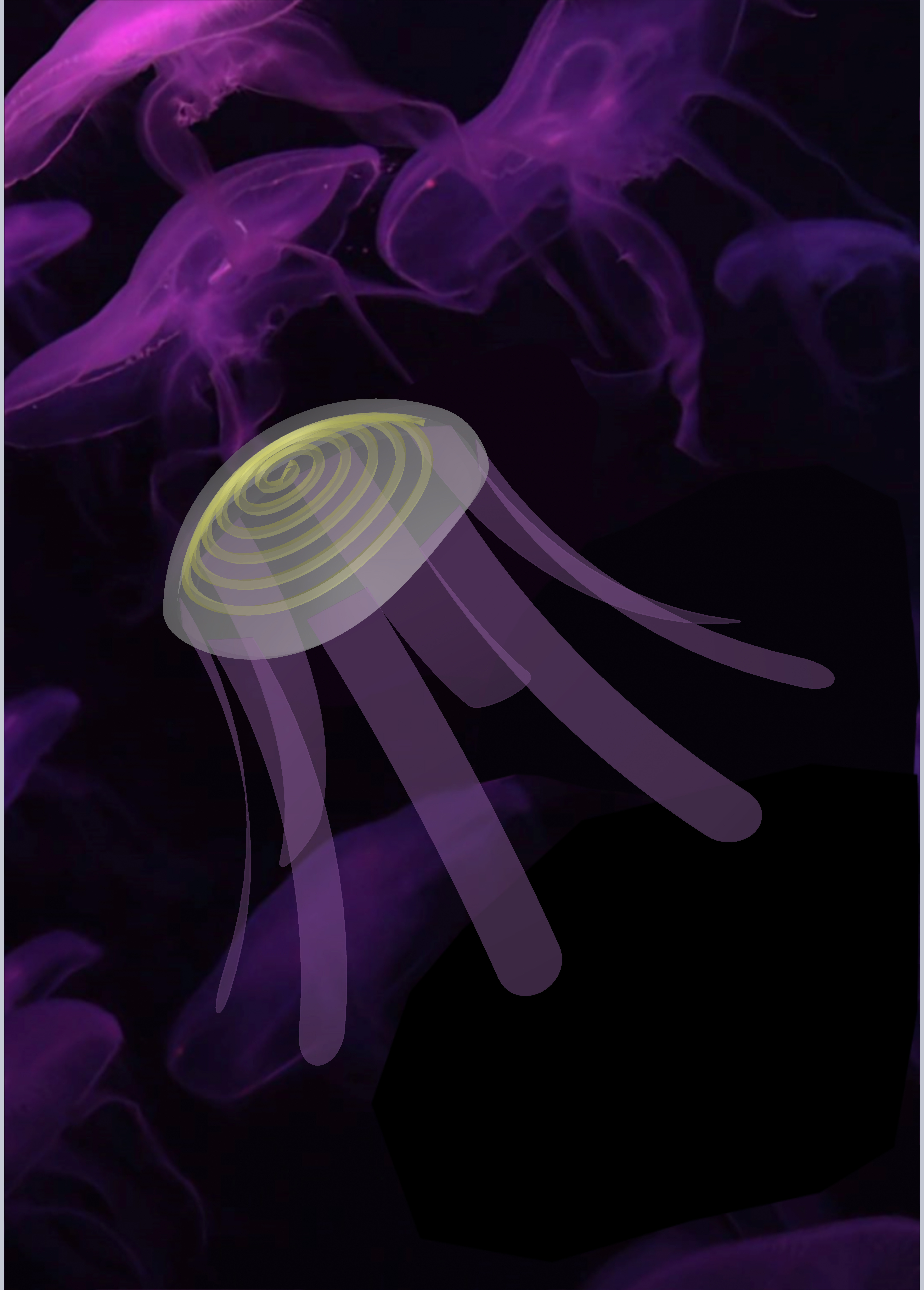
Jellyfish-Inspired Soft Robots Can Outswim Their Natural Counterparts
Engineering researchers have developed soft robots inspired by jellyfish that can outswim their real-life counterparts. More practically, the new jellyfish-bots highlight a technique that uses pre-stressed polymers to make soft robots more powerful.
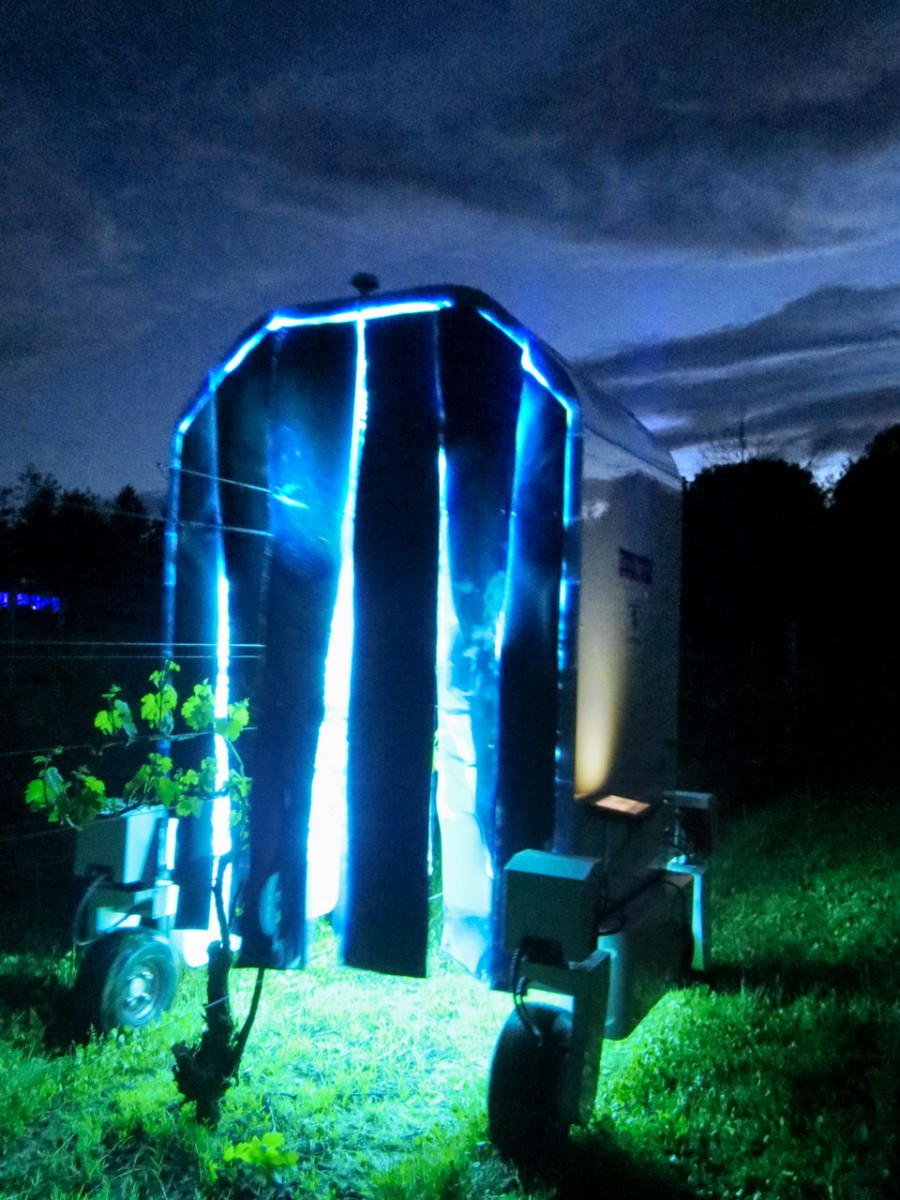
Robots armed with UV light fight grape mildew
Robots fitted with ultraviolet light lamps that roam vineyards at night are proving effective at killing powdery mildew, a devastating pathogen for many crops, including grapes.
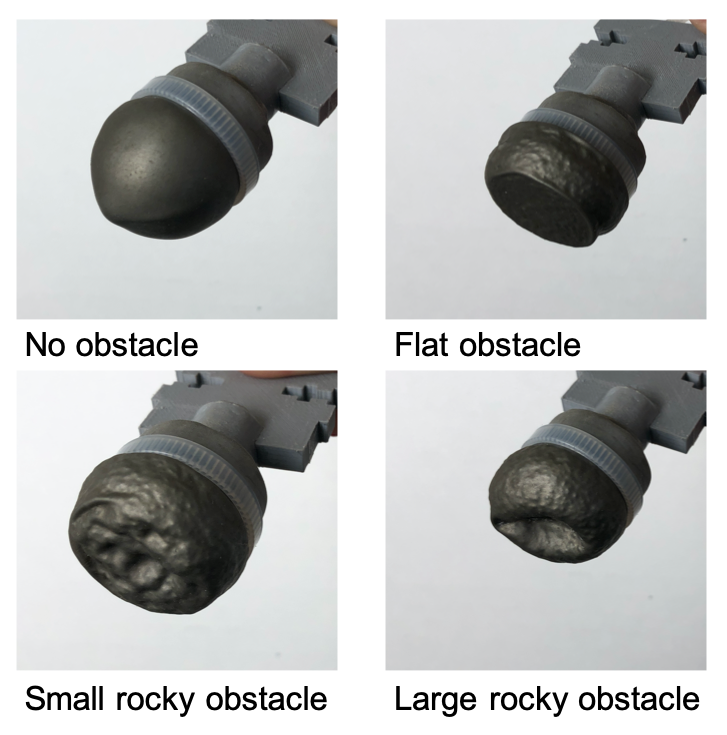
These flexible feet help robots walk faster
Roboticists at the University of California San Diego have developed flexible feet that can help robots walk up to 40 percent faster on uneven terrain such as pebbles and wood chips. The work has applications for search-and-rescue missions as well as space exploration.
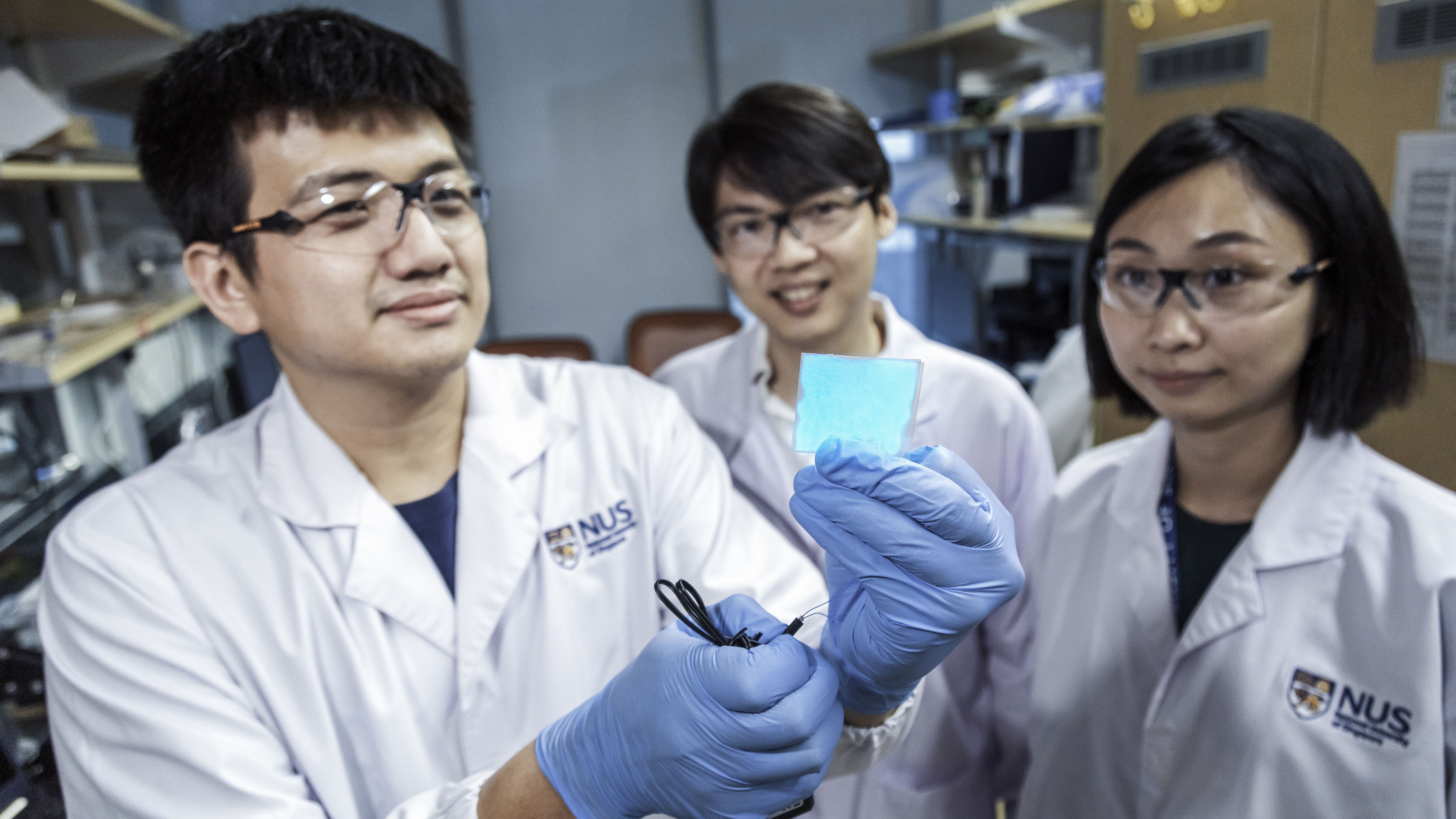
NUS researchers develop stretchable, self-healing and illuminating material for ‘invincible’ light-emitting devices
Researchers from the National University of Singapore have developed a new stretchable material that can self-heal and light up. The novel material has promising applications that include damage-proof flexible display screens and illuminating electronic skin for autonomous soft robots.
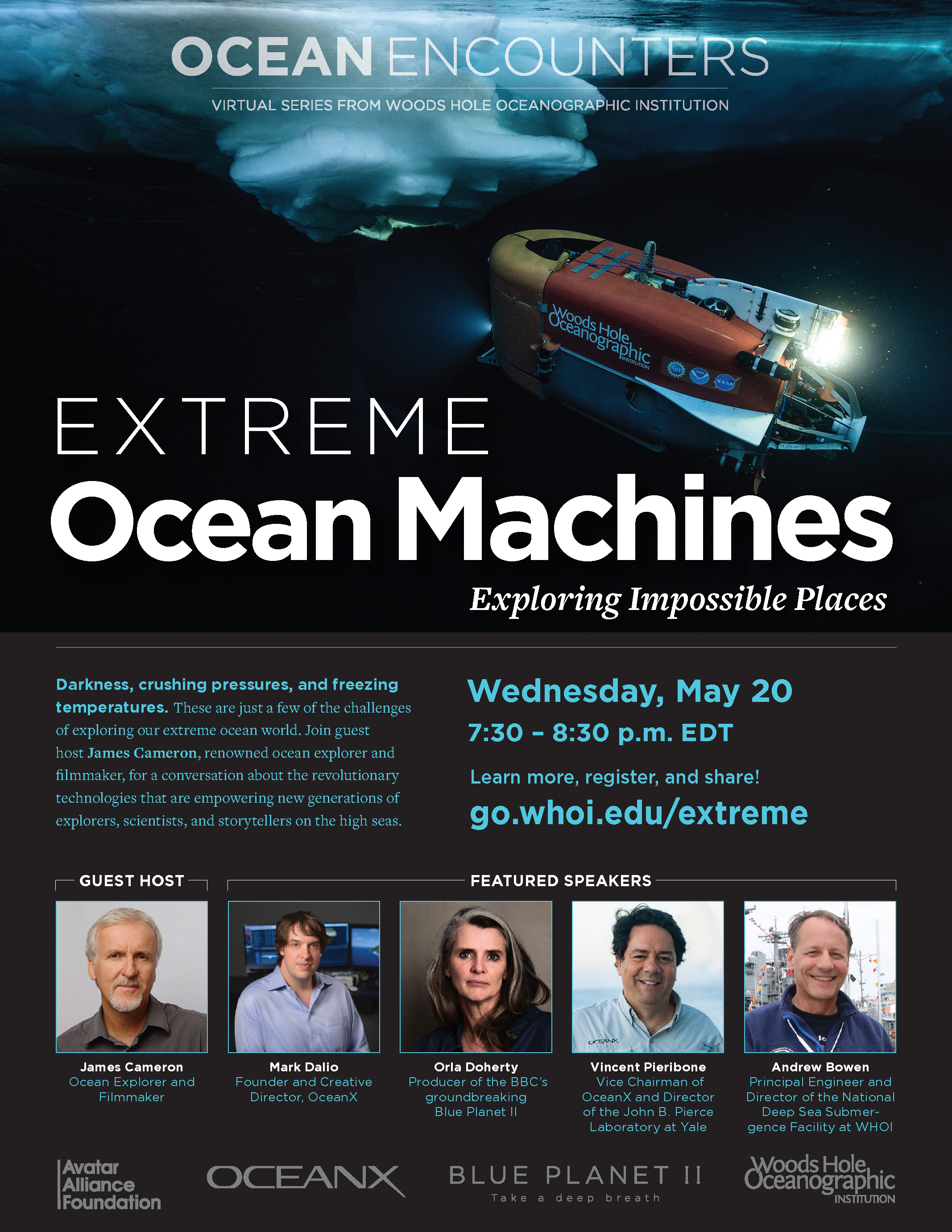
Ocean explorer and filmmaker James Cameron to host virtual event on Extreme Ocean Machines
On May 20, ocean explorer and world-renowned filmmaker James Cameron will host a special edition of Ocean Encounters, a popular virtual event series from Woods Hole Oceanographic Institution.
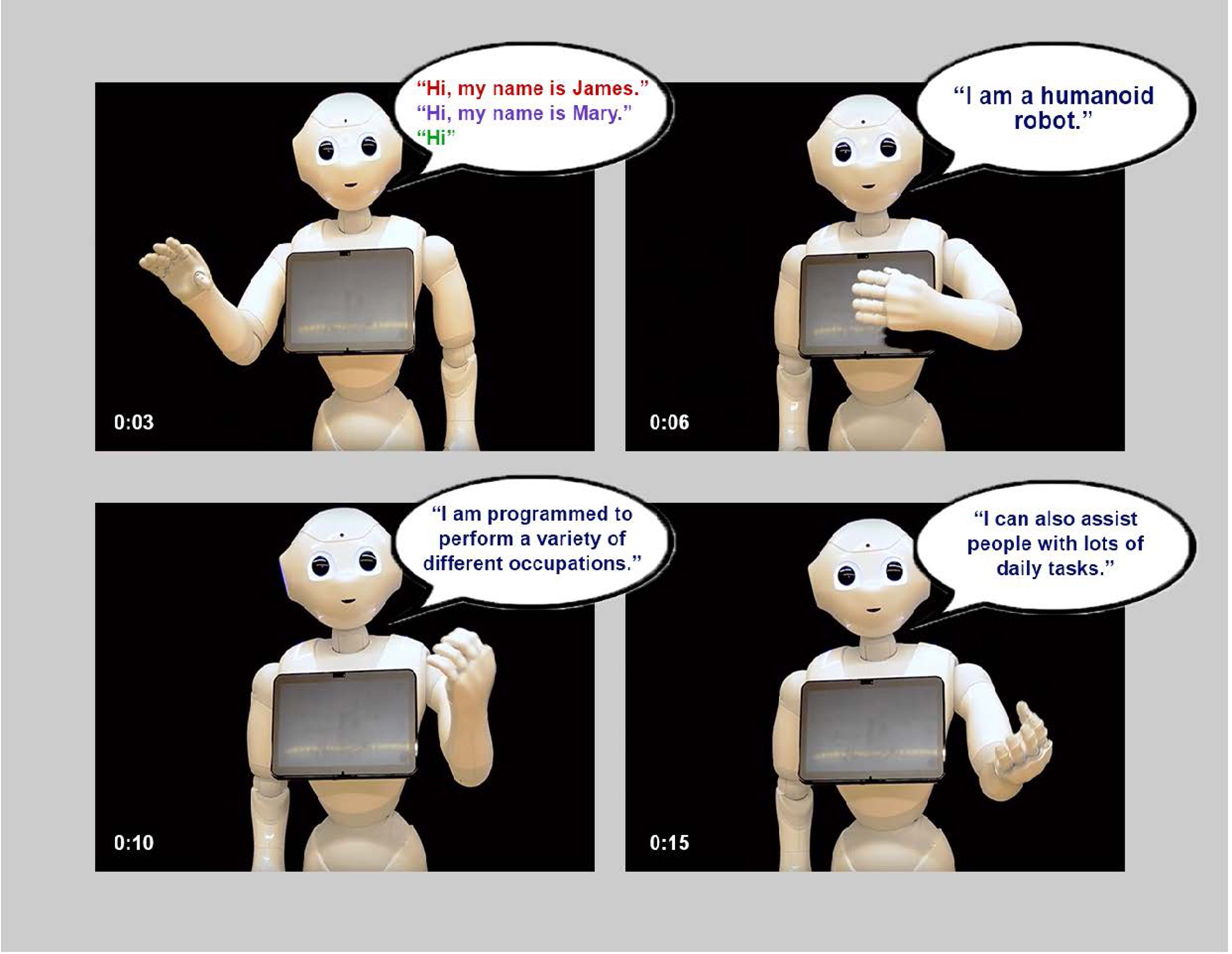
People Think Robots Are Pretty Incompetent and Not Funny, New Study Says
Detecting gender bias against robots was the original intent of a study that revealed two surprises: The gender bias didn’t appear. In its place, people were predisposed to find robots mostly incompetent, regardless of gender.
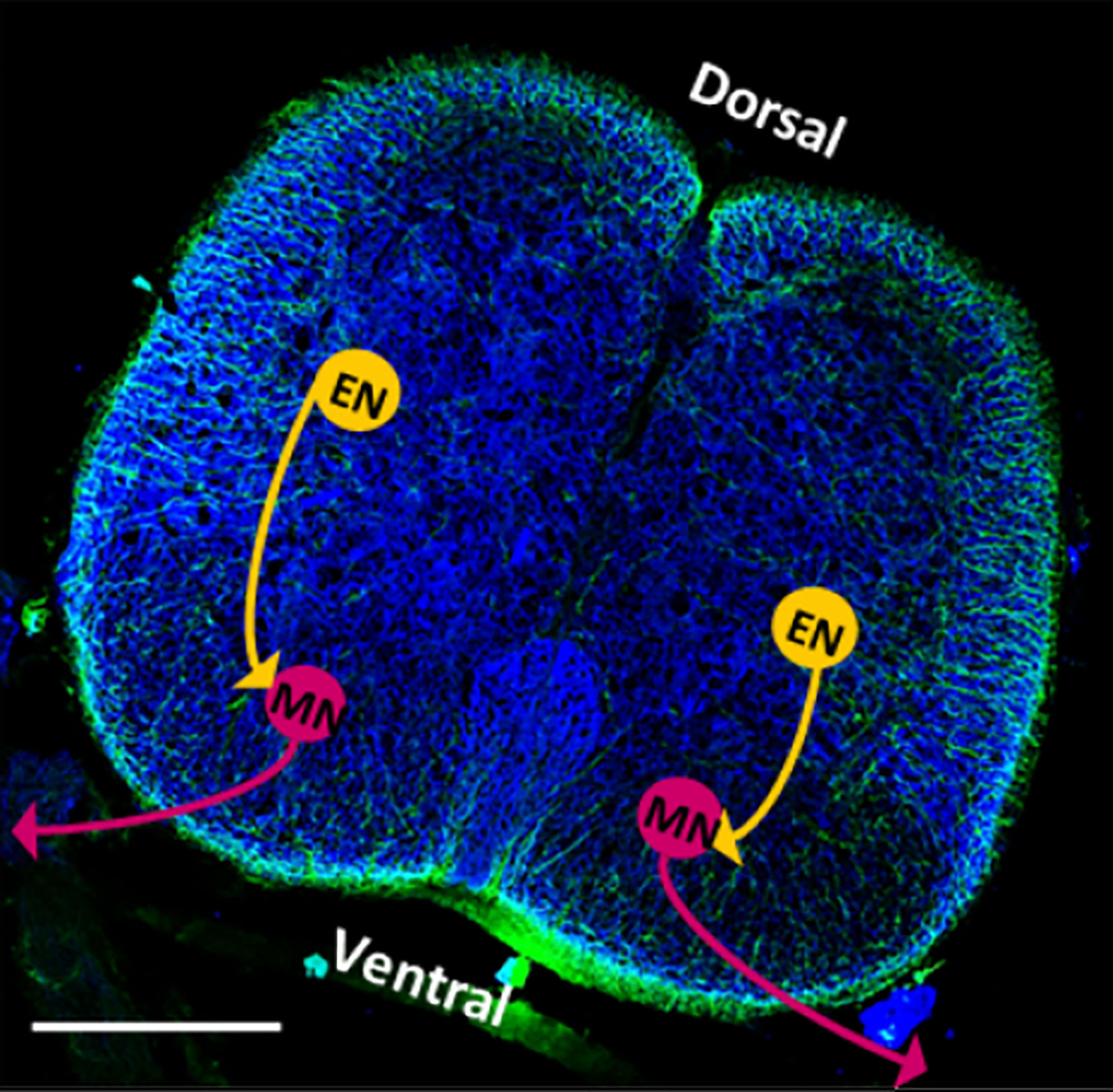
Rat Spinal Cords Control Neural Function in Biobots
Biological robots draw inspiration from natural systems to mimic the motions of organisms, such as swimming or jumping. Improvements to biobots to better replicate complex motor behaviors can lead to exciting biorobotic engineering applications to help solve real world challenges. However, this requires the creation of biohybrid, which is a challenge. Researchers combined an intact rat spinal cord with a tissue-engineered, 3D muscle system. They describe the novel biohybrid system in the journal APL Bioengineering.
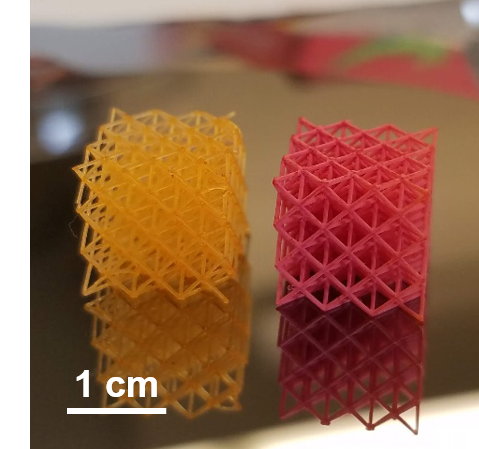
A Great New Way to Paint 3D-Printed Objects
Rutgers engineers have created a highly effective way to paint complex 3D-printed objects, such as lightweight frames for aircraft and biomedical stents, that could save manufacturers time and money and provide new opportunities to create “smart skins” for printed parts. The findings are published in the journal ACS Applied Materials & Interfaces.
What Automation Means for Jobs
When was the last time you went to the mall for something you could buy on your phone? Automation is a disruptive force that continues to shape the future. CFR breaks down what automation means for the U.S. workforce.
Slithering Snakes on a 2-D Plane
Snakes live in diverse environments ranging from unbearably hot deserts to lush tropical forests, where they slither up trees, rocks and shrubbery every day. By studying how these serpents move, Johns Hopkins engineers have created a snake robot that can nimbly and stably climb large steps.

Scientists Find Far Higher than Expected Rate of Underwater Glacial Melting
Tidewater glaciers, the massive rivers of ice that end in the ocean, may be melting underwater much faster than previously thought, according to a Rutgers co-authored study that used robotic kayaks. The findings, which challenge current frameworks for analyzing ocean-glacier interactions, have implications for the rest of the world’s tidewater glaciers, whose rapid retreat is contributing to sea-level rise.

And on that farm, he had a robot
Will robots someday replace farm workers? Do we want them to? Oregon State University College of Engineering agricultural robotics expert Joe Davidson talks about the potential benefits of using robots in agriculture, and what goes into designing the perfect robotic apple picker.
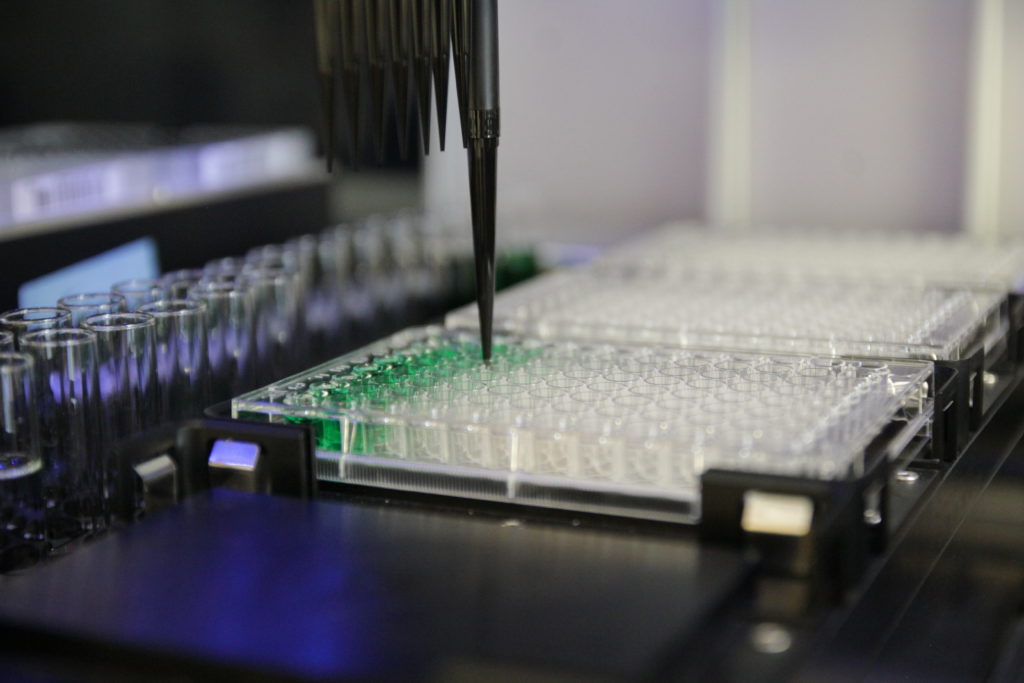
A Robot and Software Make it Easier to Create Advanced Materials
A Rutgers-led team of engineers has developed an automated way to produce polymers, making it much easier to create advanced materials aimed at improving human health. The innovation is a critical step in pushing the limits for researchers who want to explore large libraries of polymers, including plastics and fibers, for chemical and biological applications such as drugs and regenerative medicine through tissue engineering.

The Rise of Orpheus
WHOI’s new deep-sea autonomous underwater vehicle moves one step closer to exploring the hadal zone—the deepest region of the ocean—to search for new clues about the limits of life on Earth, and possibly beyond.
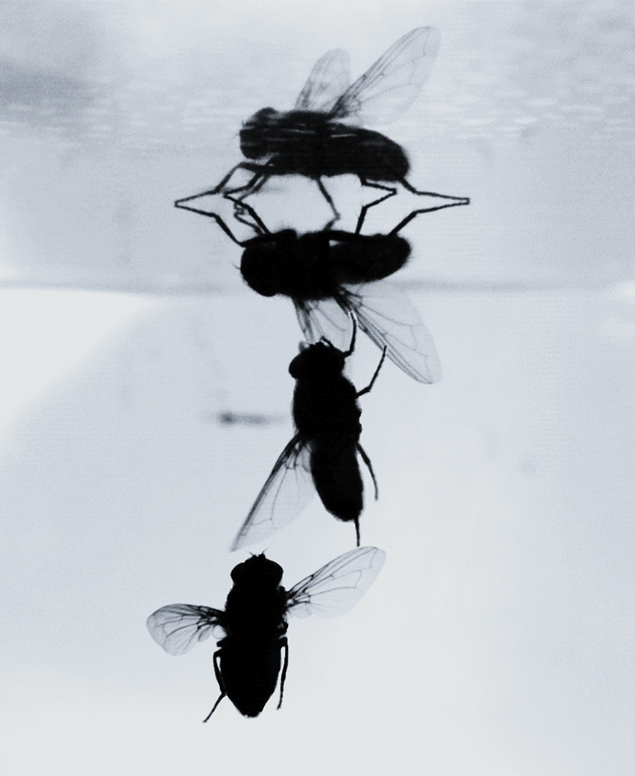
Most complete exploration of fly landing maneuvers to advance future robots
To inspire advanced robotic technology, researchers in the Penn State Department of Mechanical Engineering have published the most complete description of how flying insects land upside-down.
Evolution of learning is key to better artificial intelligence
Researchers at Michigan State University say that true, human-level intelligence remains a long way off, but their new paper published in The American Naturalist explores how computers could begin to evolve learning in the same way as natural organisms did – with implications for many fields, including artificial intelligence.
Don’t set it and forget it — scan it and fix it with tech that detects wind blade damage
Sandia’s crawling robots, drones detect damage to save wind blades ALBUQUERQUE, N.M. — Drones and crawling robots outfitted with special scanning technology could help wind blades stay in service longer, which may help lower the cost of wind energy at…